This week, Helen and her friends became famous using nothing but some marshmallows and an idea. Here’s the blow-by-blow of her brush with celebrity.
Craig reports from the Bering Strait where, as ever, he walks in two overlaid landscapes, separated by thousands of years.
Rose has a fantasy life in a town she’s never been to – one that shares her last name. Should she dare to go and face the reality?
Michelle follows developments at Project Puffin, which not only restores the range of seabirds in Maine but provides valuable insights into their marine environment.
My ancestors, the Holland Brothers, brought the first motion pictures to North America. And little old Ottawa was in the middle of it all.
Image: Shutterstock
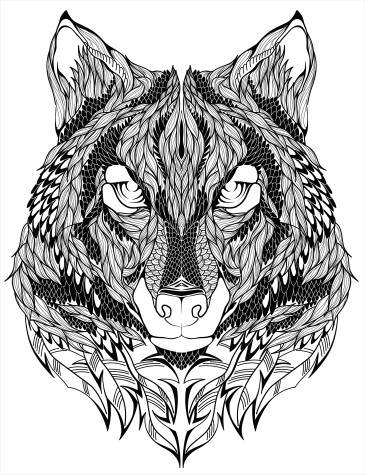
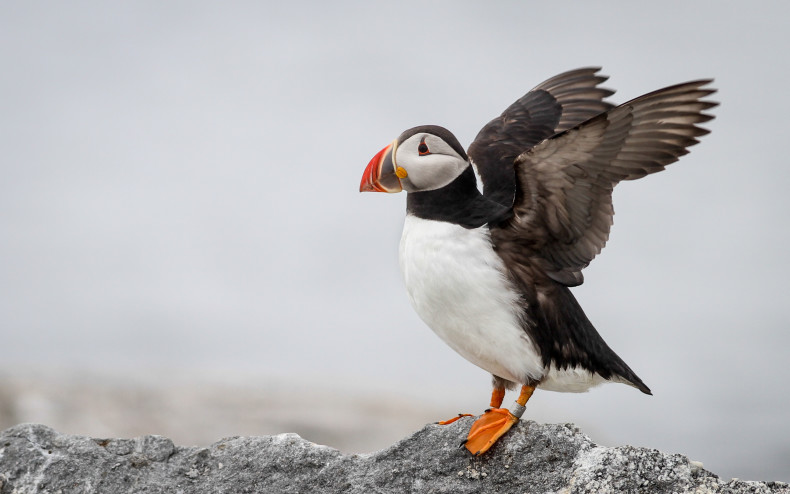
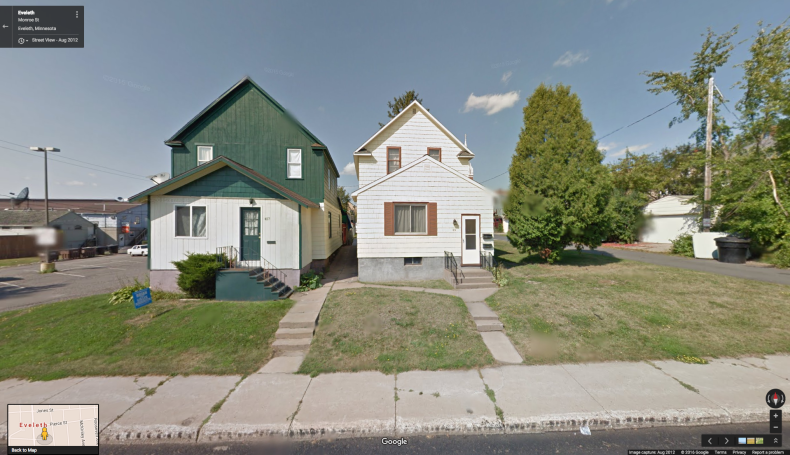
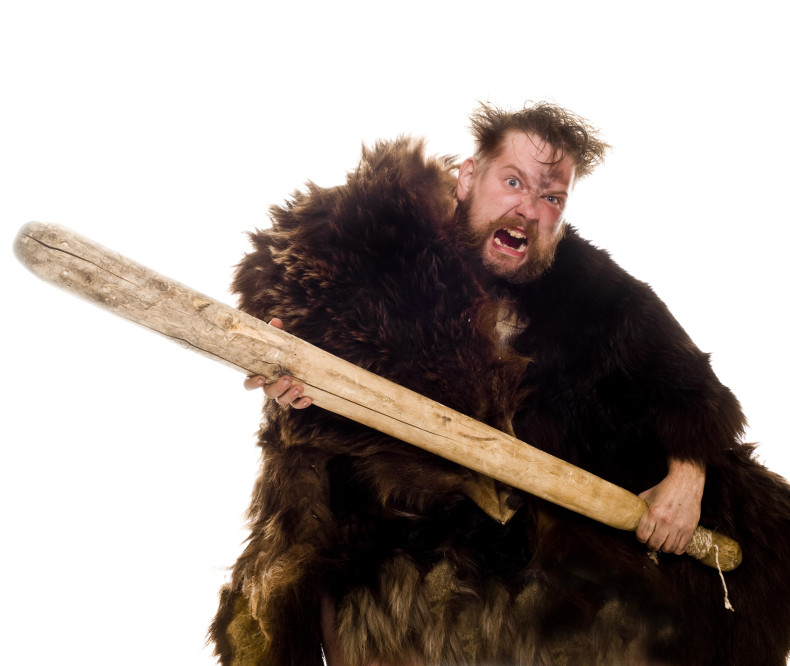
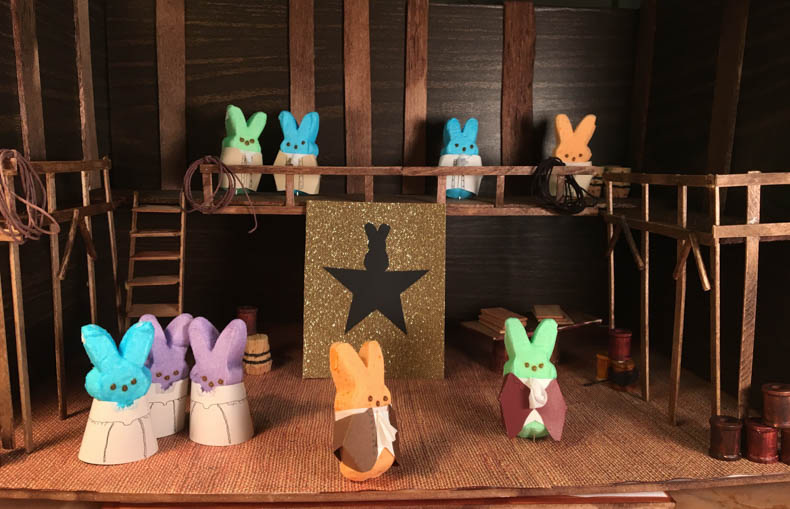
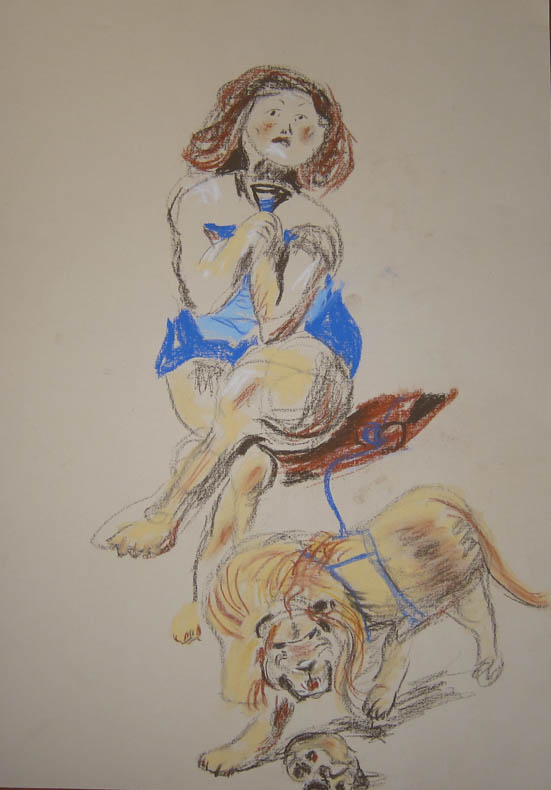
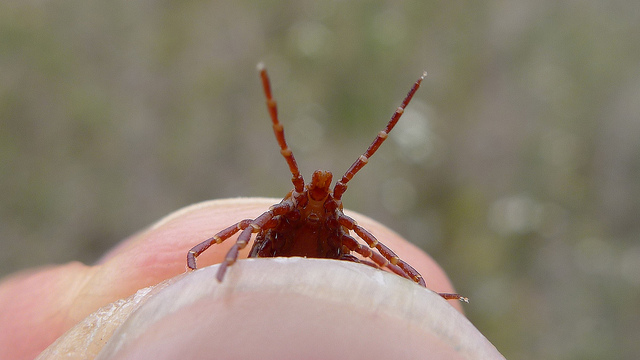 There’s a certain category of mundane but distinctly unpleasant discovery: The blueberries you just mixed in your oatmeal explode mold into your mouth at 6 a.m. You read that
There’s a certain category of mundane but distinctly unpleasant discovery: The blueberries you just mixed in your oatmeal explode mold into your mouth at 6 a.m. You read that